My Favorite Videos
Learn Perfect Weight Shift in Your Socks
Sorry, you need to be a member to access this video.
You Are Just Seconds Away - Become a member here!
Already a member? Log in now
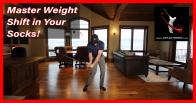
Struggling with your weight shift? I'm going to show you how to diagnose your mistakes by just using a pair of socks! In this video, you'll learn how to shift your weight properly so you stop losing your tush line and posture, how to post properly, when you can push and when you can't and much more, including counter-torque!
Wait shift.
I call it the crux of the golf swing because so many golfers don'
t understand how to shift their weight correctly.
I know many of you would probably shaking your head out there.
Yes.
I don'
t know how to shift my weight correctly.
If you don'
t shift your weight back to the lead leg properly in the downswing, during the transition, all bets are off.
You have to get this right.
And so today I'
m going to take the time to really deep dive into exactly how to move exactly where to move from which muscles to use, which ones not to use.
What'
s causing you to lose your posture, hurts your lower back, et cetera.
And best of all, as you can see, I'
m in my office, you don'
t need to be outside hitting balls.
You need to be indoors where you can see yourself on camera in front of a mirror doing these moves, because if you'
re not looking at your swing and you'
re just relying on feel, I can'
t help you.
No one can help you.
You'
re wasting your time.
You have to video.
You have to see what you'
re doing.
Cause feel, and real are never the same.
So the cool thing about today is not only do you not need to be outside, you don'
t even need a golf club.
I'
ll bring it in in just a moment, but what you really need.
Well, what you really don'
t need are shoes.
You don'
t even need shoes.
In fact, I want you to take them off and I want you to get honestly flirts while I'
m in my office, because I have wood floors in here and they'
re slippery.
And so what you really need to learn proper weight shift is a pair of socks.
That'
s it.
If you have a pair of socks and a slick floor, then I'
m going to teach you how to self-diagnose exactly when you'
re moving from the wrong spots and exactly how to get it right.
So let'
s first talk about what we really need to do during the transition.
What in step two of the dead drill, you know, as you'
re going from the top of your backswing, back to this squat to square move, that is really the key to the swing.
Because if you get that little transition move, right, then the post move almost happens automatically because it'
s just a continuation of that same transition move.
But a lot of golfers never get it right?
And it'
s all because they'
re doing too much from the wrong side.
And that is typically the trail side of the body.
So what happens for most golfers?
I'
m going to go down the line for just a second, is that as they go to the top of their swing, this right side takes over and pushes their pelvis into the ball.
This is what we call early extension, losing the tush line, losing your posture.
You'
ve heard it called a million different things.
It'
s all describing, just pushing off this right foot.
Now there is a point where you can push during the downswing.
And I'
m going to talk about that in a moment.
But at first you have to understand when you'
re doing it wrong at the wrong time, what that'
s going to lead to.
If you go to the top of your swing and you feel a little bit and you drive this right knee, you'
re always going to move your pelvis into the ball.
And if you looked at the video on the magic box, what you'
ll typically find is you'
ll do a closed hip slide and your legs will still be kind of closed during that transition move.
Obviously, you know that you need to get your legs back to square your hips back to square during that transition.
And you have to do that by moving from the lead side, when you'
re going to the top of your swing and you push off the right, you'
ll see your heel pop up.
When you hear me talk about that all the time.
I love many, many, many years ago in the clinics.
I started joking with all my students that every time their heel popped up, you owed me a hundred bucks.
It'
s how I paid for race tires.
I just can'
t even make, actually make anybody pay me a hundred bucks, but it was a good incentive to make you focus on this happening.
Because most golfers, they would go to their swing and they would come down to impact and stop.
And I would ask them is your heel up?
And they'
d be like, I don'
t know.
Well, look at it.
It'
s your heel?
Is it in the air?
And then of course, this is again, why I don'
t care about people relying on field, because it just it'
s a waste of time.
You can obviously see that your heels up in the air.
But if I literally ask you to stop and ask a question, if ask, if your heels up in the air and you say, you don'
t know well, that'
s again, why you can'
t improve your swing and you can'
t make changes without video and without a mirror.
So when your heels up in the air like this, this is a push that'
s moving your pelvis into the ball.
And this is not okay because not only do that, if you add rotation into it, you'
re adding too much side bend.
And as I'
ve always talked about side, been with rotation the best way to blow out your lower back.
So to avoid that, instead of pushing the pelvis into the ball, we need to pull the pelvis away from the ball.
Remember in the swing, when you'
re under learning, how to use rotation, centripetal and centrifugal force, you'
re always moving in the opposite direction.
You want the club to go.
So in the downswing, as the club'
s going down and out, I'
m moving up and back.
And that'
s all done from the lead side, the pulling side.
So as we look at this, as I go to the top of what you'
re going to see instead of my right hip, moving into the ball, what you'
re going to see is my left hip.
Moving away from the ball.
That is the key.
And now you'
ll see that my right leg is moving, but it'
s getting moved by the right side or excuse me, by the left side, the lead side.
So when is it okay to push, to add a little bit of oomph to it.
Once you'
ve cleared that hip and I'
m going to walk through it step by step and I'
ll do it with the clubs is a little bit easier to see, of course, without the speed and dynamics of it.
It'
s going to be, the positions are going to be a little bit off, but you'
ll get the idea as we go to the top.
First thing is I'
m sitting into this left leg.
I'
m literally feeling like I'
m just, I'
m going to exaggerate this sitting into this left leg, but I'
m doing this while also moving this left hip out of the way as I put these two moves together, that brings my hands all the way back to here.
And now from here, this, as I'
m getting ready to post up on this left leg, I can also push with the right side to help get a little bit of more vertical ground force to help release the club and stabilize the pelvis.
As I push this foot into the it stabilizes, my pelvis keeps me from sliding my hips all over the place.
And also as I contract both glutes by pushing that right toe into the ground, then it'
s not pushing it super hard.
It'
s just pushing it in slightly as I contract both glutes that stabilize the hips of the can'
t turn anymore.
So as I come from down the line, as I'
m here and posting up, now, the only thing that is going to happen is my arms and club.
We'
re going to release.
And then that'
s going to pull me into a follow-through.
So now how does this apply to the counter torque move?
You'
ve heard me talk about, and what that really means is my body'
s obviously rotating back this way during the back swing.
And then as I start down, you'
ll notice in all high level ball strikers, that tiger woods and we'
re macro all these guys you'
ll see that the right foot actually rotates in slightly what'
s happening here is two things.
One it'
s partially an illusion.
It'
s not that I'
m just twisting my foot into the ground.
That'
s not going to do anything.
What'
s this going to do in my golf swing?
Nothing.
So what I'
m really doing is, as I'
m rotating back, this leg is rotating this way.
And now, as I begin to shift back to the left, my, my pelvis moving laterally is actually moving that heel in toward the other side, toward my left leg.
So you can see that just by moving laterally and moving this hip back, unless my right leg was somehow to get longer.
All of a sudden it has to move.
And that'
s what causes this little move.
Now you can add a little bit to this as you'
re doing it at speed, you can help speed this up.
And if you watch tiger woods back in the day, when he would really go after a driver, that heel would pop up early, but he wouldn'
t be doing it this way.
That would cause him to lose his posture.
Which of course he never did.
He'
s moving correctly this way from the lead side, but he'
s letting that he'
ll pop up early.
It'
s okay.
If you'
re doing that, if you'
re going to go on whale on one to hit one really hard, as long as you don'
t lose your posture.
So as long as your tush line is being maintained, the heel being up in the air is okay.
And then once you go to push up into the ground of stabilize the pelvis it'
s okay.
So how do you start checking this stuff?
This is where the socks come in, because what you'
re going to find is that your feet, as you'
re doing this on a slick floor, probably not going to look exactly like mine.
You may find that you'
re doing this.
I had talk about an imaginary plane line on the outside of your foot and your heel should never break that plane line.
So if I put my club back here and I start my down swing, I just do this.
You can see that.
Clearly my heel is outside of that vertical line.
That just means you didn'
t shift laterally at all.
You didn'
t get your weight back over it.
And you just hung back on the back foot and tried to hit it off your back foot, death move, not going to work.
What you want to see is, again, as I'
m shifting back to the left, my heel is actually moving slightly away from that.
And that as I continue to move into a post-it move, the heel never breaks that plane line.
If you'
re moving incorrectly and you'
re doing this on a slick floor, you'
ll start to be able to see things really, really quickly.
So for instance, let'
s say that you'
re going to the top of your swing and you have a tendency to push really hard off the right side.
Your foot is going to slide.
You'
re going to know right away.
You should be able to do this on a sheet of ice and not lose your balance.
If you all of a sudden feel that both feet are doing this, and you'
re like Bambi on ice or your feet are twisting all over the place.
And you'
re spinning out, that is an obvious sign that you'
re moving incorrectly.
As you watch me do this, as I sit into the left side, what I'
m really doing is planting a ton of weight over your ton of pressure.
And so why would I ever slide?
I'
m just moving vertically down.
I'
m not moving laterally with my feet.
So as I do this, even with my right foot, you'
ll see the little counter tour, little twist here, my feet aren'
t sliding around at all.
So I highly encourage you.
If you'
re working on this, submit a swing review or post your video up on our Facebook group of just doing this on a slick floor in your socks, because it will be very revealing to see when you'
re moving incorrectly from the wrong spot.
And you'
ll instantly be able to feel the proper weight shift.
As you sit into left side and begin to clear this hip, your feet, shouldn'
t move.
You guys asked me why I play in tennis shoes all the time.
Well, obviously I have a bad back after breaking my neck and a bunch of other issues as a result of that, but I don'
t need golf shoes.
I complained tennis shoes because I'
m not sliding and driving my feet all over the place like Bambi.
I'
m sitting in a driving that foot into the ground.
How could it ever go anywhere but down.
It'
s not moving laterally.
It'
s not moving this foot is again getting moved by my hips.
So that'
s why I don'
t like the term footwork, even though that'
s what this video is really talking about.
Footwork is really a misnomer.
Your feet are moving in response to the cause they'
re more symptoms.
Yes, there'
s a little tiny bit that you'
re doing with your feet, but it'
s really more that you'
re moving from your trunk and your core and your feet are showing you if your trunk and core are moving correctly.
So I don'
t like it using the tomb works.
I'
m not really working my feet.
I'
m really working my hips and my core.
And that is what'
s giving me proper footwork in the golf swing and a proper weight.
All right, let'
s use tiger.
As an example here.
I use this video of him in one of the last videos I was talking about the magic box, but let'
s just focus on the right foot.
And a couple of things that we just discussed in this video.
First of all, as he'
s going down, I want you to focus on the inside of the right foot.
You'
ll notice that the heel moves in toward the left.
Now again, many golfers are going to try and just drive hard off the right foot.
But as I told you, you will, you will tend to move too far laterally.
You can move outside of neutral joint alignment when you push too hard off the right, and you'
ll also tend to move your pelvis into the ball.
This movement is actually him moving from the left side and that'
s pulling the right side into it until the very end where he begins to post up.
Now, also note that I'
ve drawn a line on the right outside of his right shoe, and you'
ll notice so many golfers break, this vertical plane that I was discussing in the video.
And you can see the tigers foot is obviously moving away from it.
But even though tiger locks to talk about or has talked about many times how he likes to push off that, right?
Big toe, understand that again, as I was discussing the video, it'
s not like he'
s cranking off this thing.
If he was then the toe box of his shoe would have to be creased.
But the simple fact of the matter is if your shoe, the toe box, your shoe has increased, you can don'
t have enough weight on there to drive that hard off of it.
You'
re just on the inside of the right big toe and it'
s just getting rolled up.
So again, how hard could you push off that foot right there?
Not very hard.
It'
s not to say that you can'
t push a little bit here in the more weight you have back there.
So if you look at a driver'
s swing, you'
ll see the toe box of a shoe crease a little bit more, but in general, on normal shots, this is a two iron stingers hitting here that you will see that that right foot is actually very, very light.
And again, indicative of movement coming from the left side.























































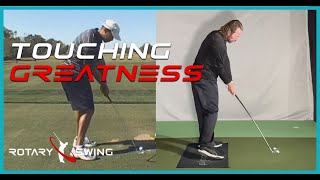



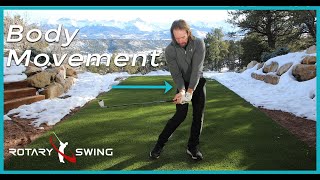








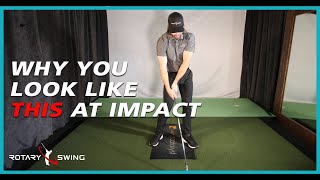
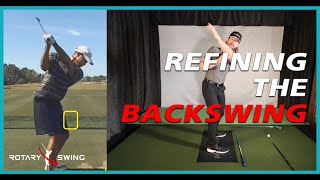



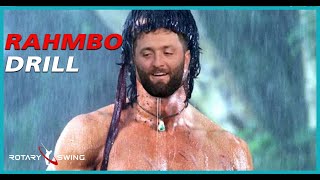
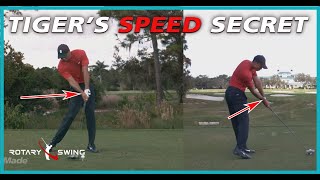




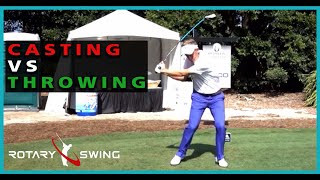
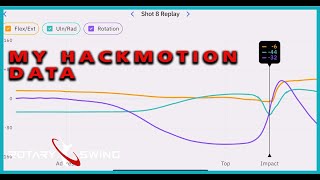


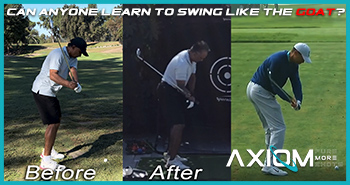

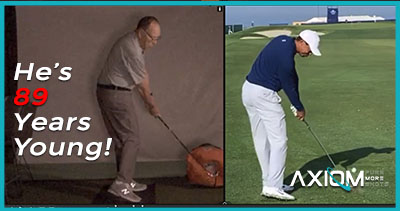

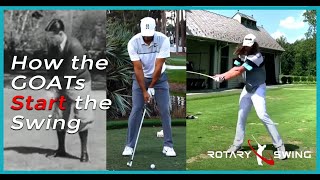
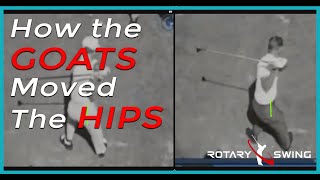
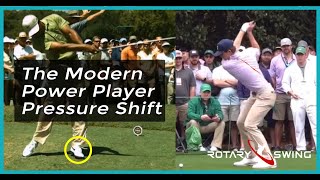
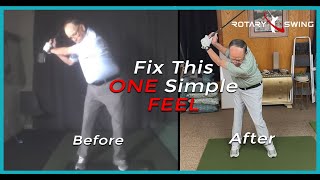

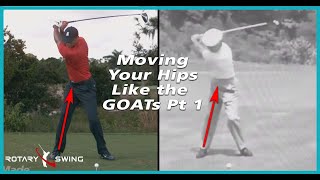
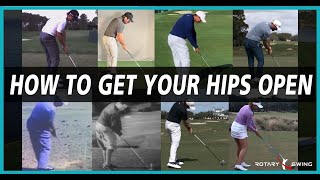

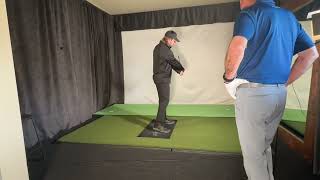

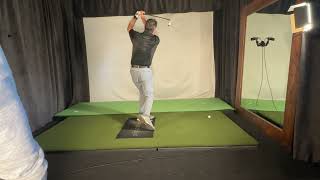
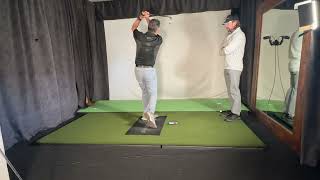
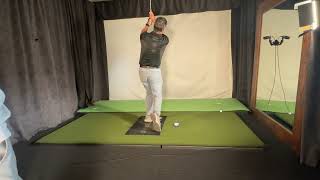

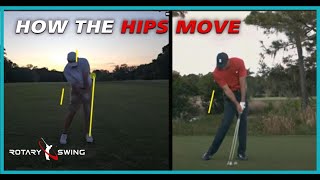
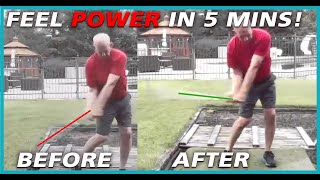


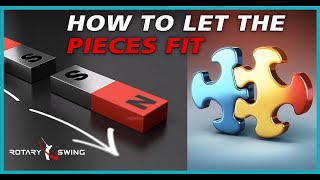

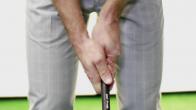
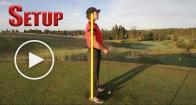
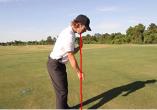
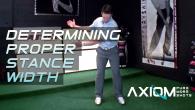
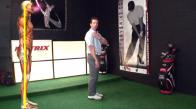
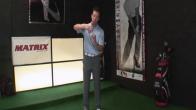
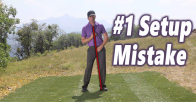
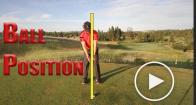
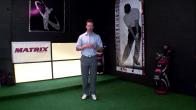
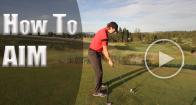
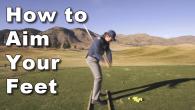
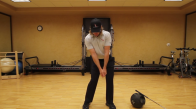
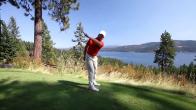
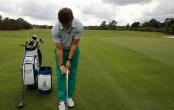
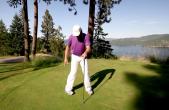
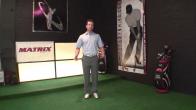


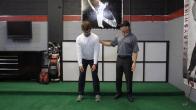
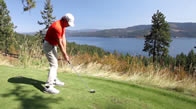
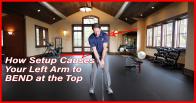


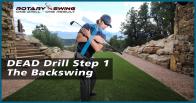
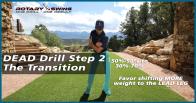
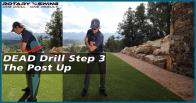

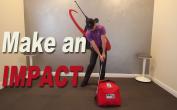
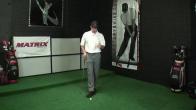
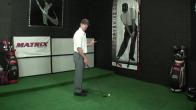
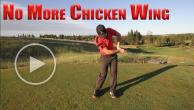
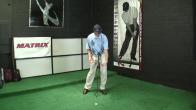
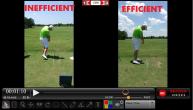
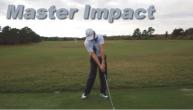
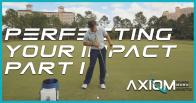
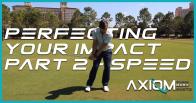
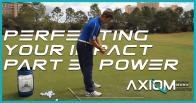
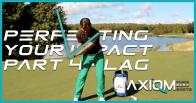

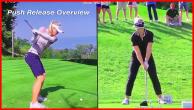

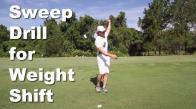
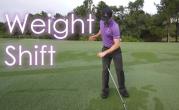
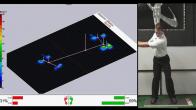
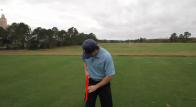
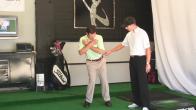
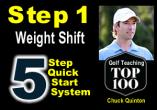
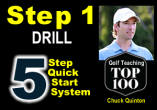
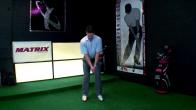
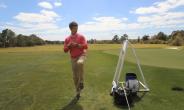
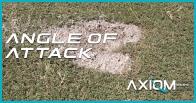
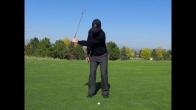
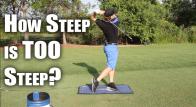
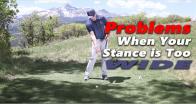


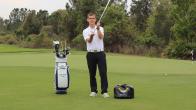
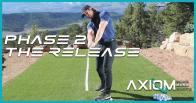
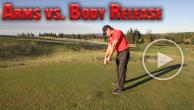

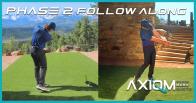
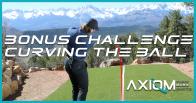


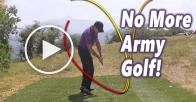
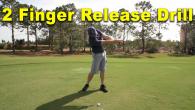


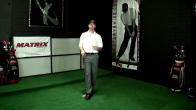
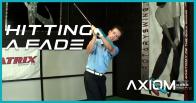
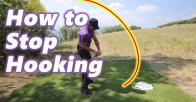

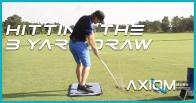
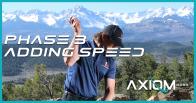


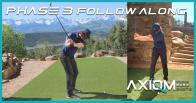

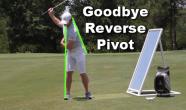
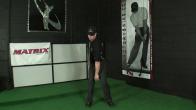
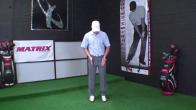
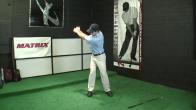
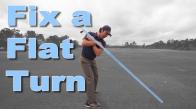

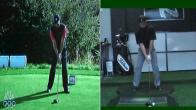
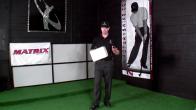
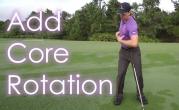
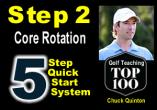
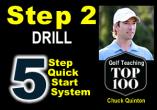
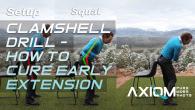
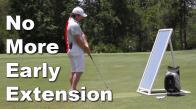
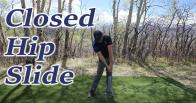

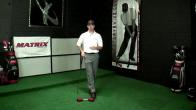
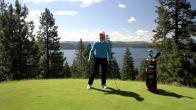
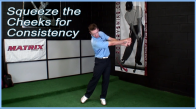
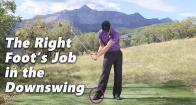
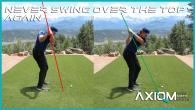



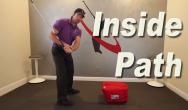

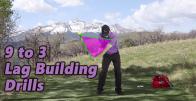

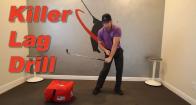
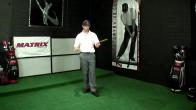
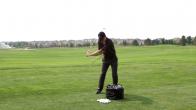
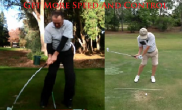


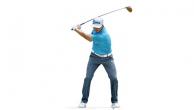

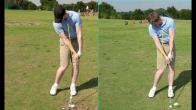

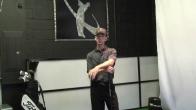
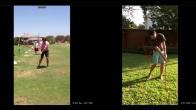

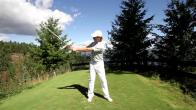

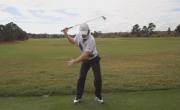
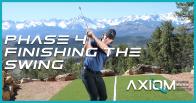
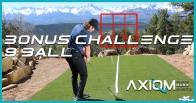
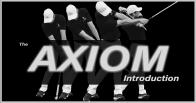

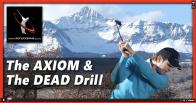


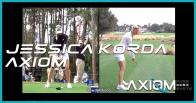
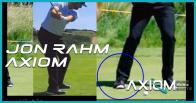
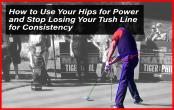
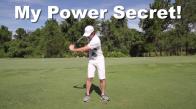
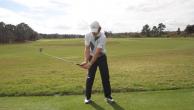
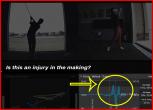
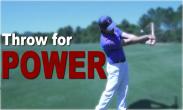
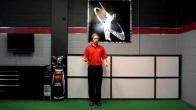

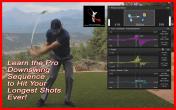



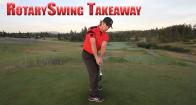

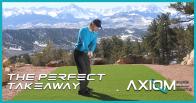
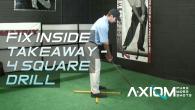
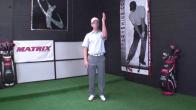
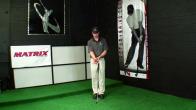


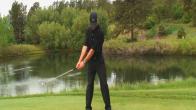
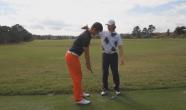

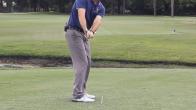
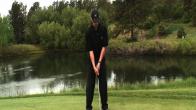
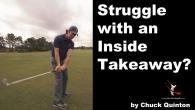
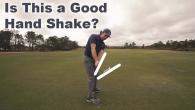

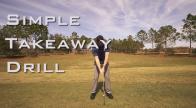
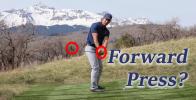
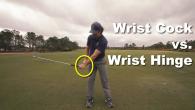
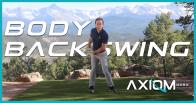
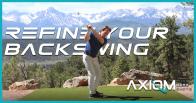
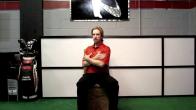
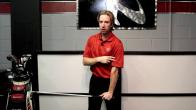
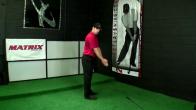
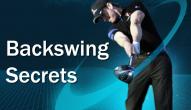
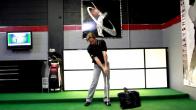
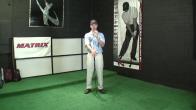
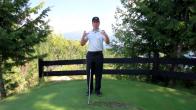


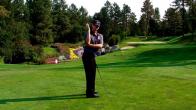

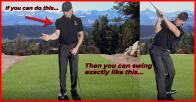

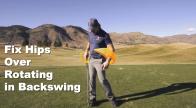
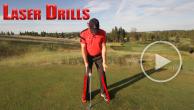
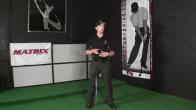
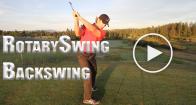
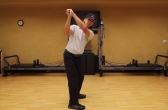
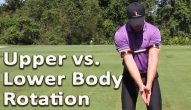
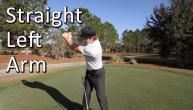





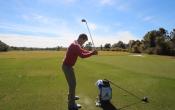


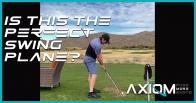

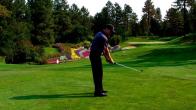
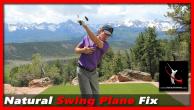
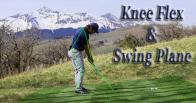
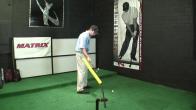
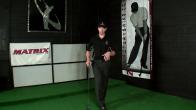
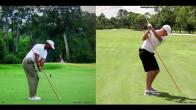

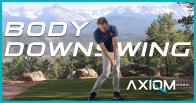



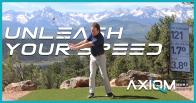
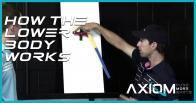
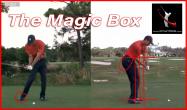
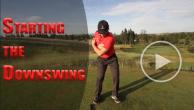
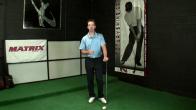
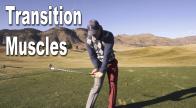
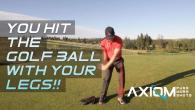
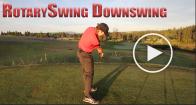
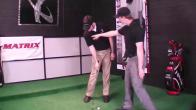
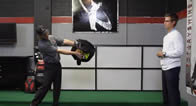
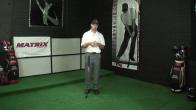
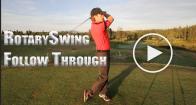
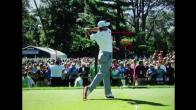
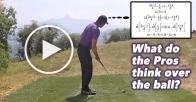
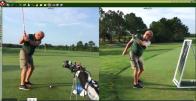

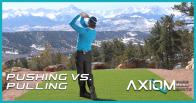
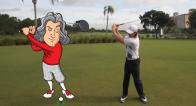
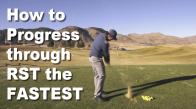
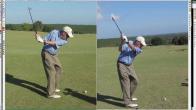


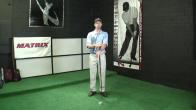
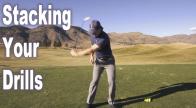
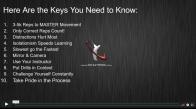
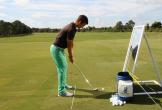
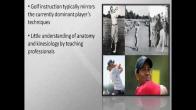

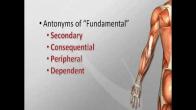
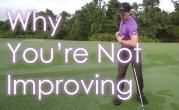

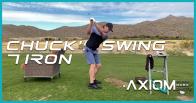
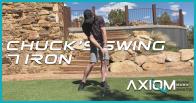



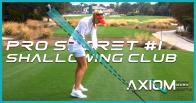
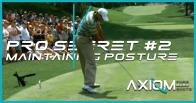
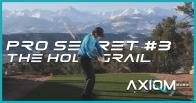
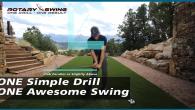
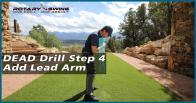
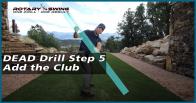
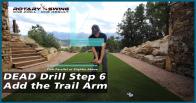

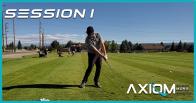
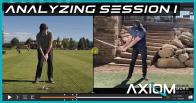

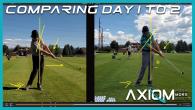
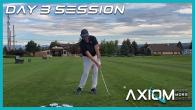

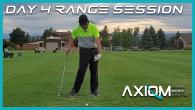
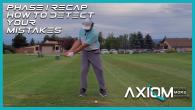
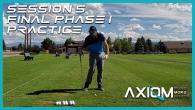
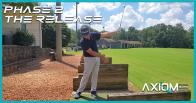

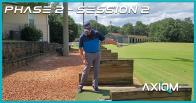
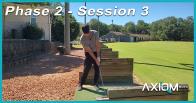
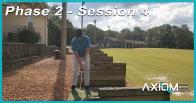
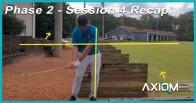
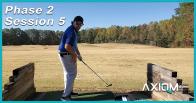
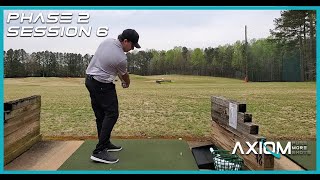
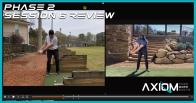
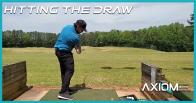













































































































Ron
Craig (Certified RST Instructor)
Ron
Kevin
Craig (Certified RST Instructor)
Kevin
Craig (Certified RST Instructor)
Neil
Craig (Certified RST Instructor)
Kevin
Craig (Certified RST Instructor)
Kevin
Craig (Certified RST Instructor)
Kevin
Craig (Certified RST Instructor)
Jim
Craig (Certified RST Instructor)
William
Craig (Certified RST Instructor)
Jeff
Craig (Certified RST Instructor)
Gerard
Michael (Certified RST Instructor)
Wayne
Craig (Certified RST Instructor)
Wayne
Dean
Craig (Certified RST Instructor)
Don
Craig (Certified RST Instructor)
Scott
Craig (Certified RST Instructor)
Remington
Craig (Certified RST Instructor)
Kevin
Craig (Certified RST Instructor)
Martin
Craig (Certified RST Instructor)
Erik
Craig (Certified RST Instructor)
David
Craig (Certified RST Instructor)
Gerald
Chuck
william
Chuck
Ken
Chuck
Mark
Chuck
Tony
Craig (Certified RST Instructor)
Anthony (Certified RST Instructor)
Chuck
Rob
Chuck
Christopher
Chuck